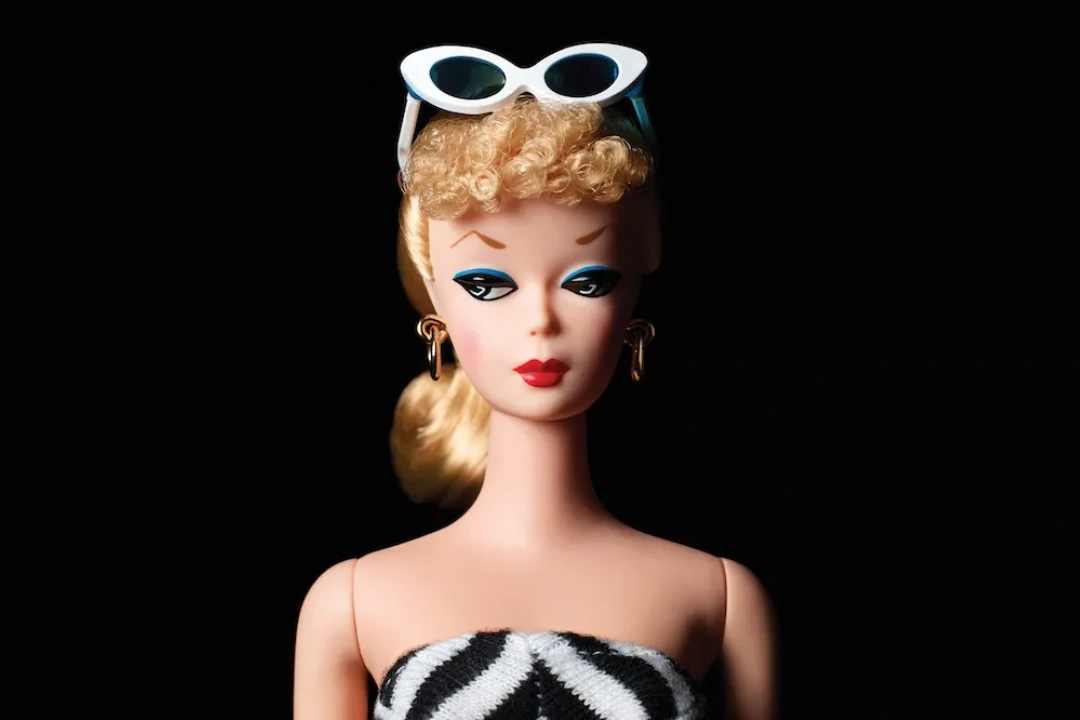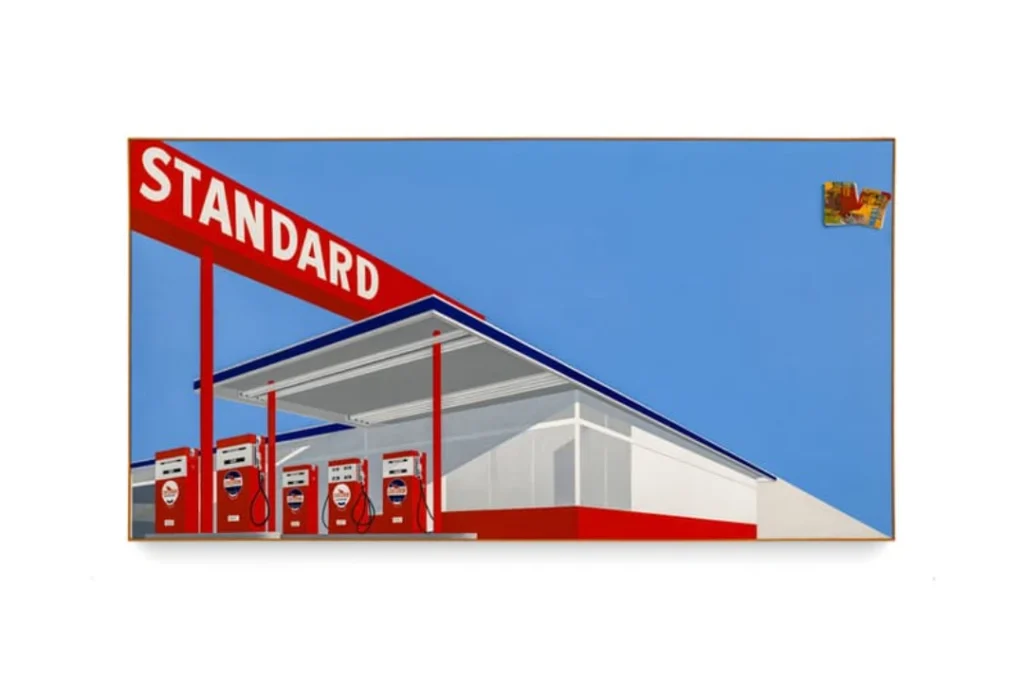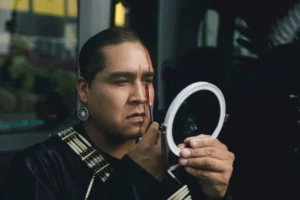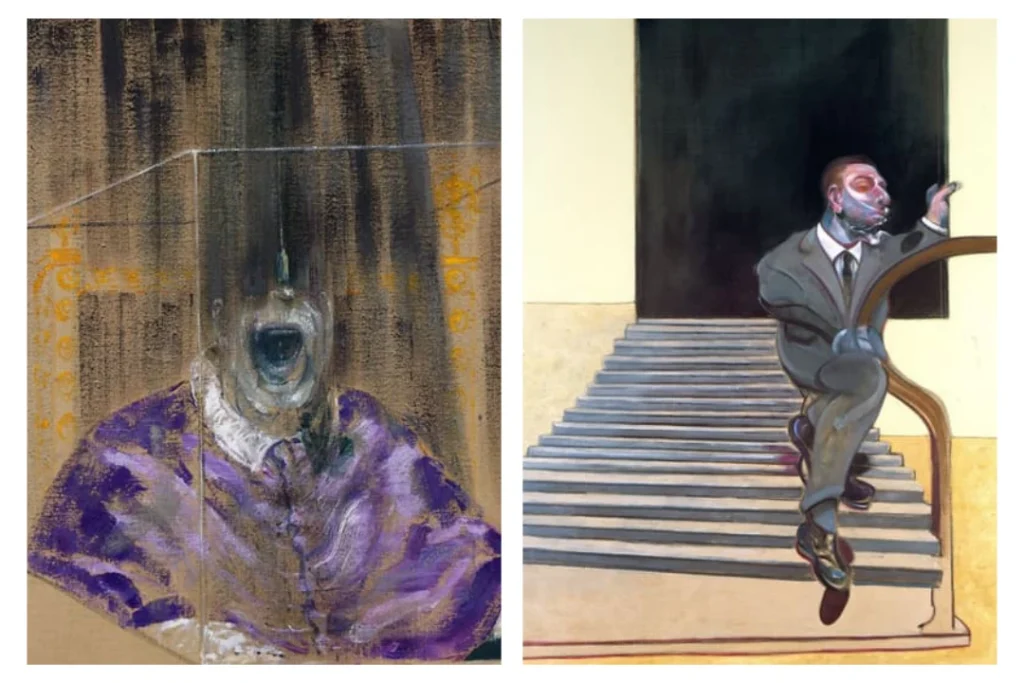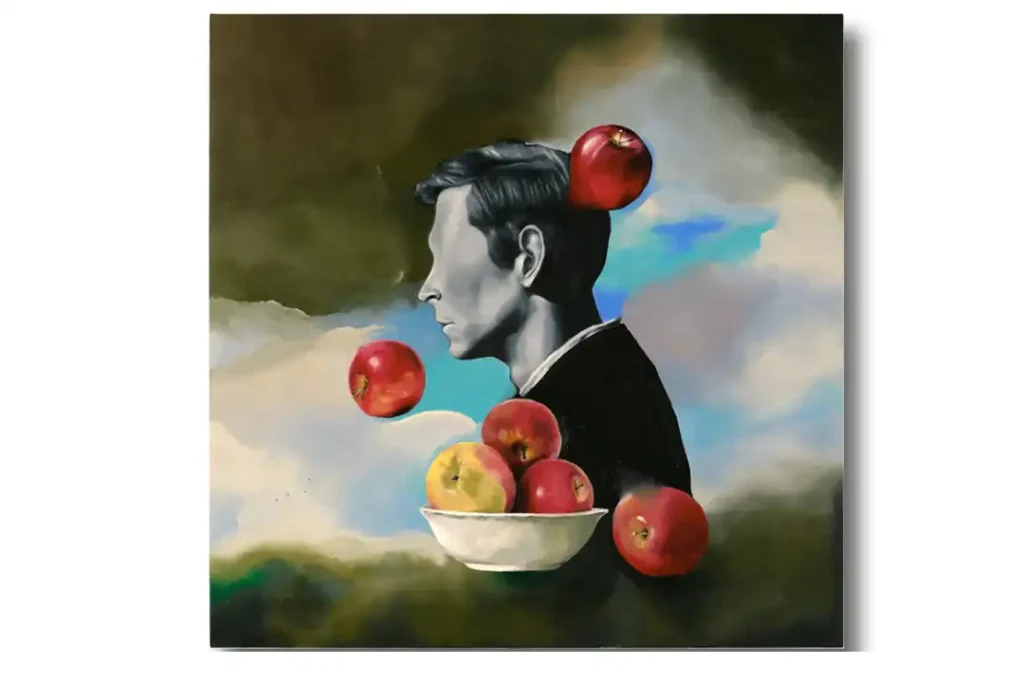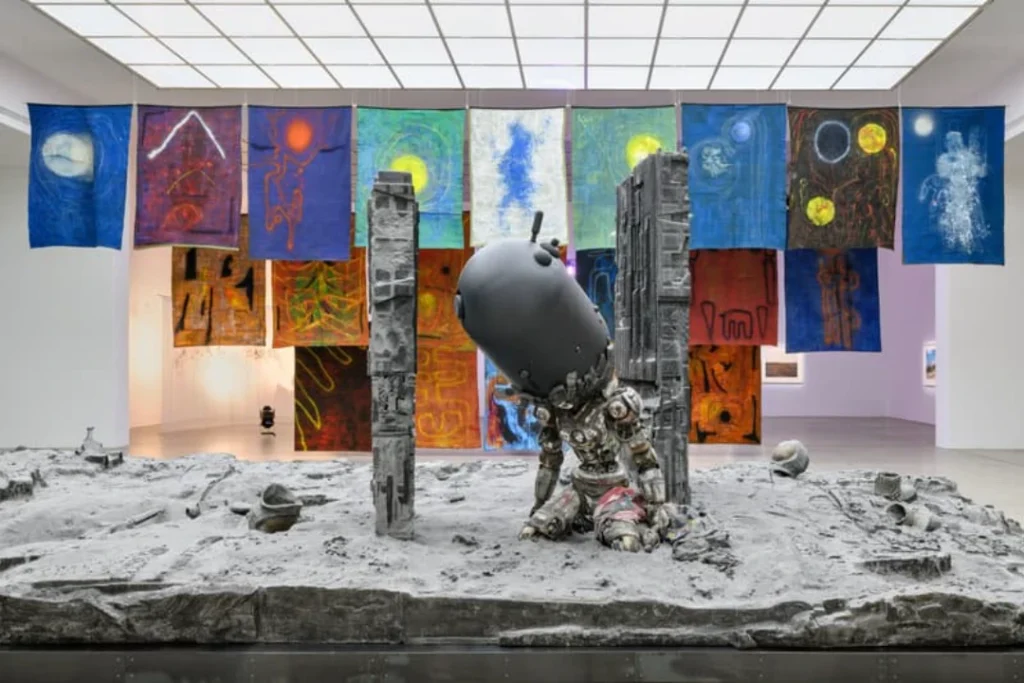A year after the Barbie movie took the world by storm, London’s Design Museum is unveiling its own Barbie blockbuster. This captivating exhibition, in partnership with toy manufacturer Mattel Inc, delves into the world of the iconic doll through the lens of design. Featuring over 250 objects, including 180 dolls from 1959 to the present day, the show promises to offer a comprehensive exploration of Barbie’s evolution and influence.
Barbie Exhibition Design Museum
Contrary to what one might expect, the exhibition does not mimic the bright pink, hyper-feminine aesthetic popularized by the recent Barbie movie. The show’s curator, Danielle Thom, points out that the Design Museum began discussions with Mattel three years ago, long before the film’s release. “The idea of ‘Barbie equals pink’ is not something that was uniformly present throughout the brand’s entire history,” Thom explains. It wasn’t until the late 1970s that Mattel began branding and packaging Barbie in pink. “There’s definitely a more rainbow-hued version of the Barbie universe,” she adds, hinting at the surprises awaiting visitors familiar only with the more recent iterations of Barbie.
Barbie Dolls History and Design
The exhibition is designed by Sam Jacob Studio, which has created a vibrant, tongue-in-cheek response to the brief. One highlight includes an enormous plinth shaped like California, showcasing the influence of the Golden State on Barbie and her world. The show will open with a display of the very first Barbie, released in 1959, for which the museum has acquired a rare example. This hand-painted Number 1 Barbie, dressed in a black-and-white bathing suit, was purchased from a US-based Barbie dealer. While the museum did not disclose the purchase price, Thom notes that such dolls can sell for “high four figures, sometimes even five figures depending on condition.”
London Design Museum Barbie Exhibit
The exhibition is divided into three main thematic sections. The first section focuses on the doll and its design, examining changes in materials and manufacturing techniques, and showcasing different iterations of Barbie that reflect societal trends. Interactive CAT scans of original and contemporary Barbies will reveal their differing internal structures. The second section explores the role of play, with displays highlighting Barbie’s fashion and career adventures. The final section, “Barbie’s World,” delves into the doll’s extensive universe, featuring the Dream House, furniture, cars, and accessories.
Barbie Cultural Impact
Thom emphasizes that Barbie’s world has always engaged with the design of our own world. “It’s not a toy designed in isolation from what’s going on around us,” she explains. The exhibition concludes with a section on Barbie as a cultural reference point and an inspiration in fashion, design, art, and film. This segment will include outfits and props from the Barbie movie, ensuring a comprehensive overview of the doll’s impact. Ken will also make an appearance, with Thom noting, “He’s just Ken but he does get a little display.”
Mattel Barbie Showcase
Many of the objects on display are on loan from Mattel’s archives in Los Angeles, which Thom visited while preparing for the exhibition. These items include original designs for the dolls and their outfits, as well as materials used for the dolls’ hair and skin. An intriguing object in the exhibition is the original prototype for the first talking Barbie from 1968, featuring a transparent plastic torso to reveal the internal mechanism.
Thom hopes the exhibition will attract visitors who have never been to the Design Museum before. “I want to talk about Barbie in design terms, but in a way that isn’t going to alienate someone who doesn’t necessarily come from the world of design,” she says. The exhibition is aimed more at adults than children, and Thom hopes it will challenge some of the negative assumptions around Barbie. “I’m well aware that it’s a brand and a doll with a lot of cultural baggage attached to it. I hope that when people come to this exhibition, they will realize that some of that isn’t warranted and there’s actually a very nuanced and complex story here,” she says.
There are plans for the exhibition to tour internationally. Thom is optimistic that people will appreciate the thought process behind the show, seeing it as more than just fluff. “It’s actually a serious subject—the fact that it is a toy designed for children and something that’s very feminine coded in its history and its aesthetic doesn’t prevent us from taking it seriously as a design phenomenon.”
In summary, the Design Museum’s Barbie exhibition promises to be an enlightening and visually stunning experience, offering fresh insights into one of the most iconic toys in history. Through a thoughtful and nuanced presentation, the exhibition aims to celebrate Barbie’s multifaceted legacy and her enduring impact on culture and design.


